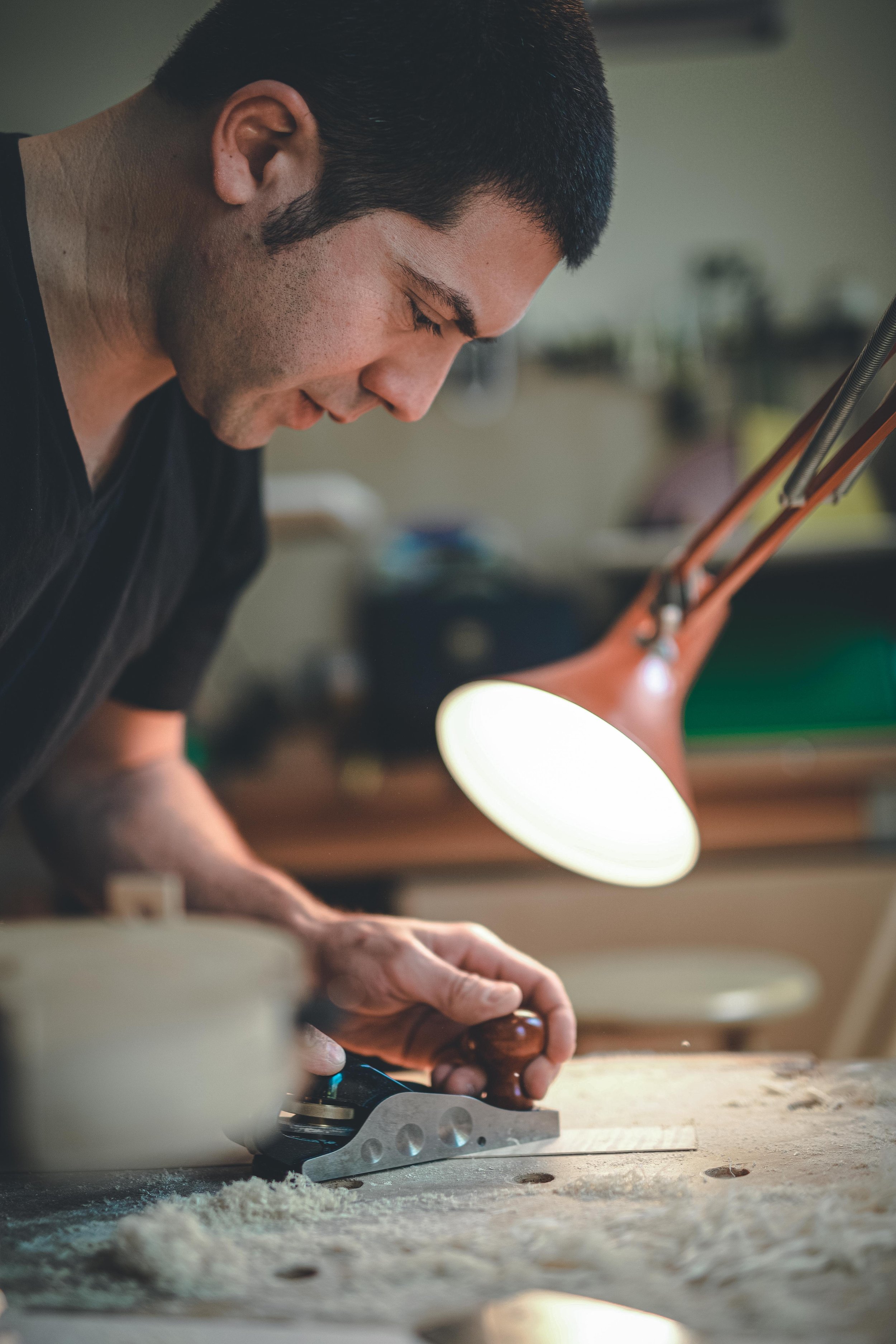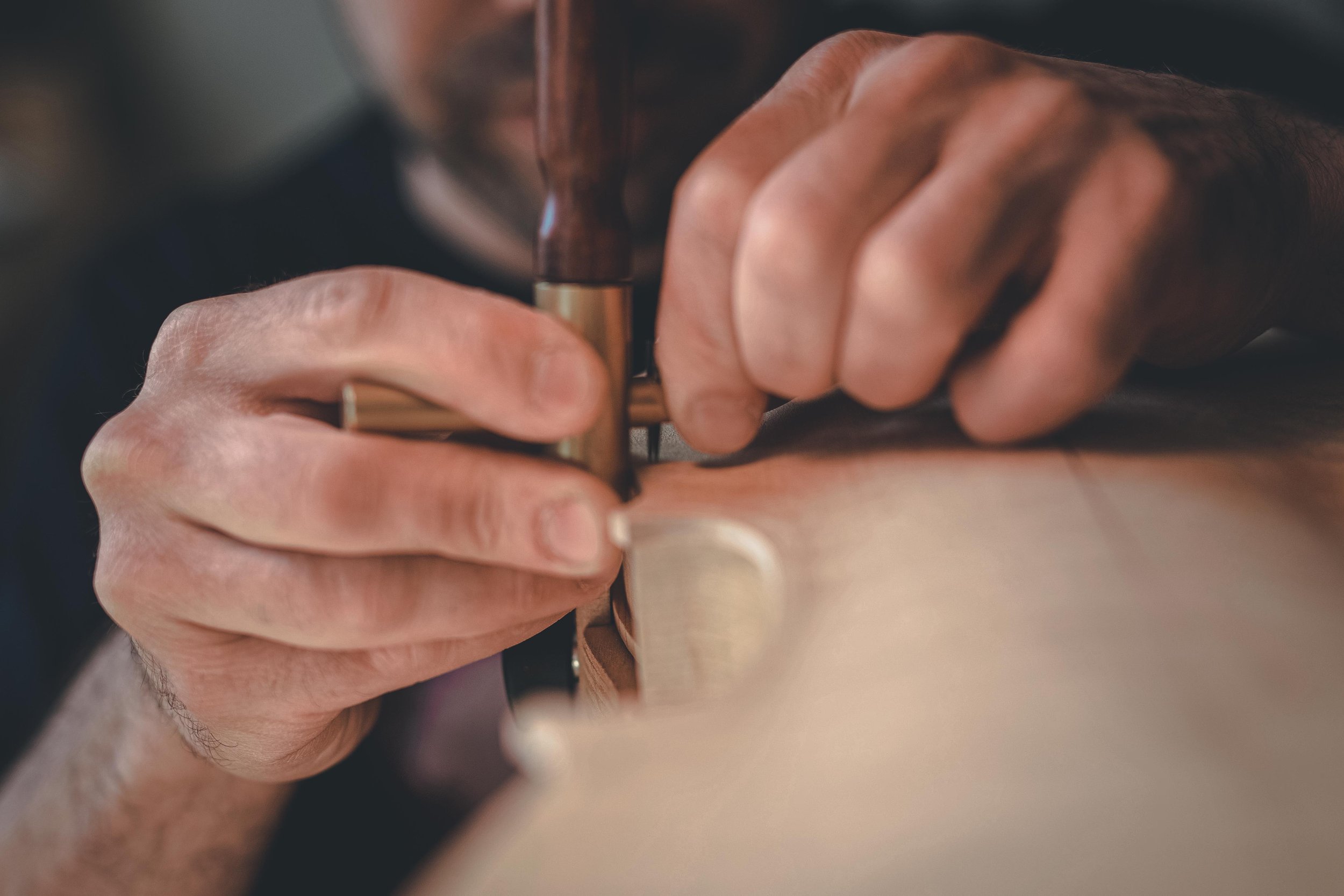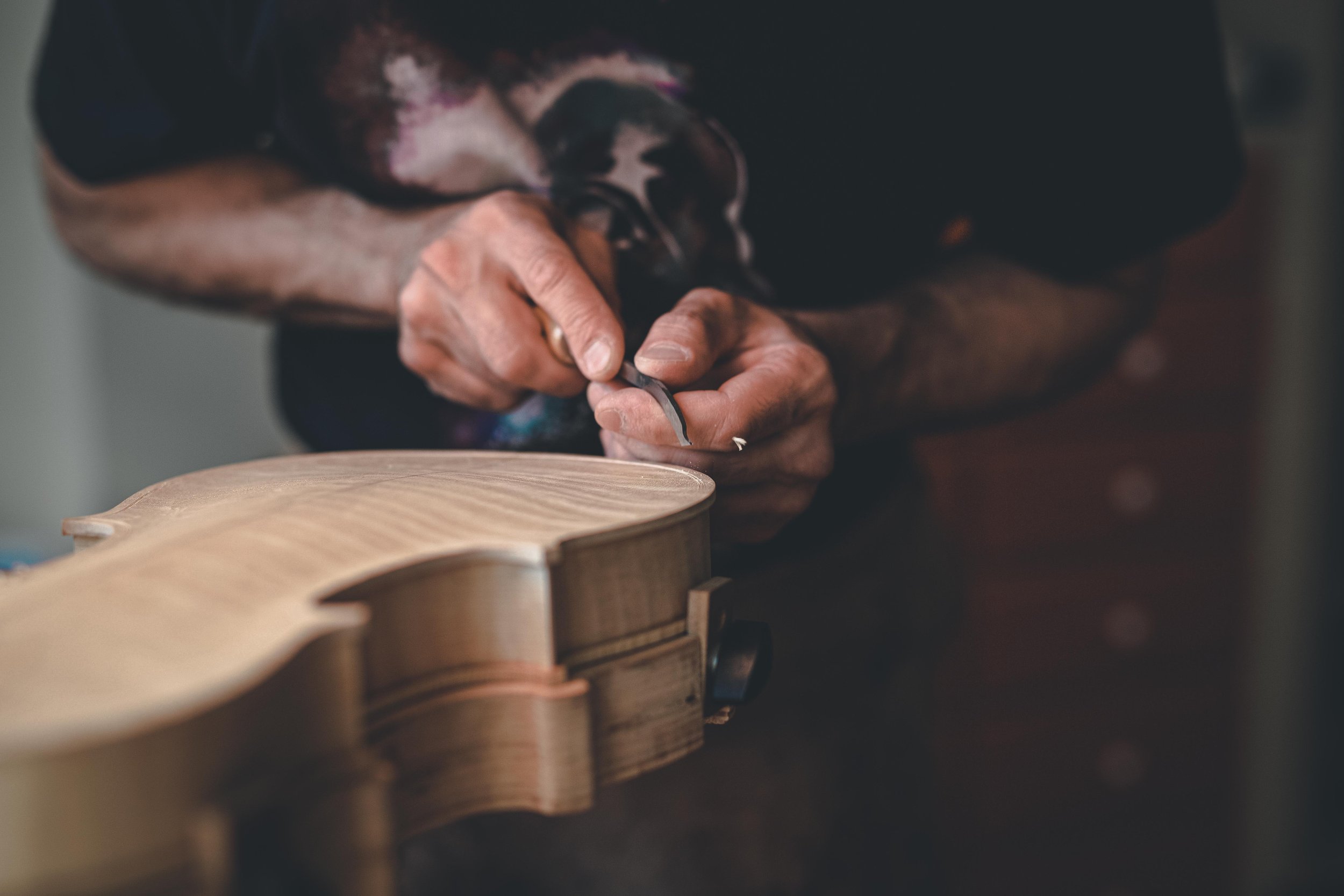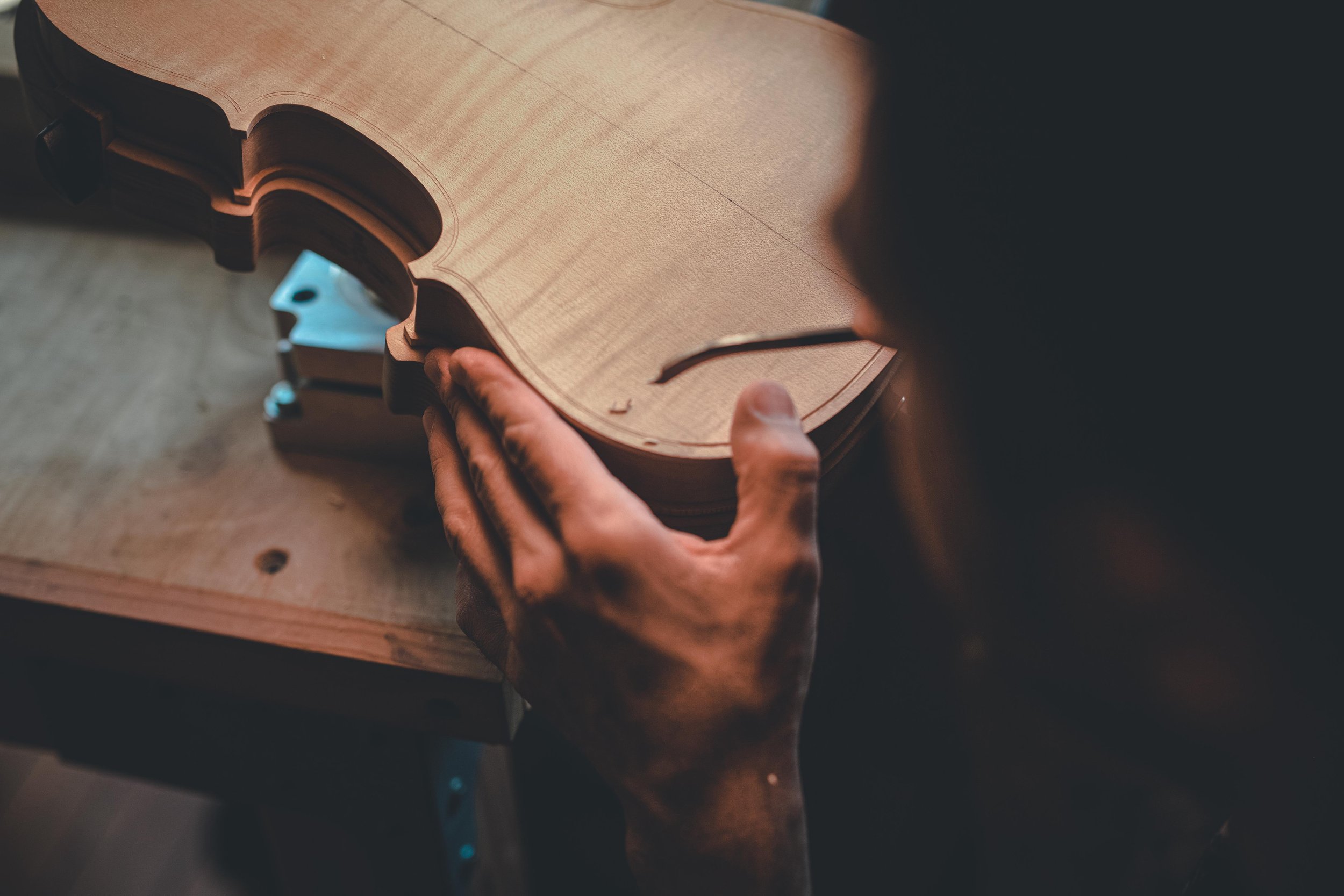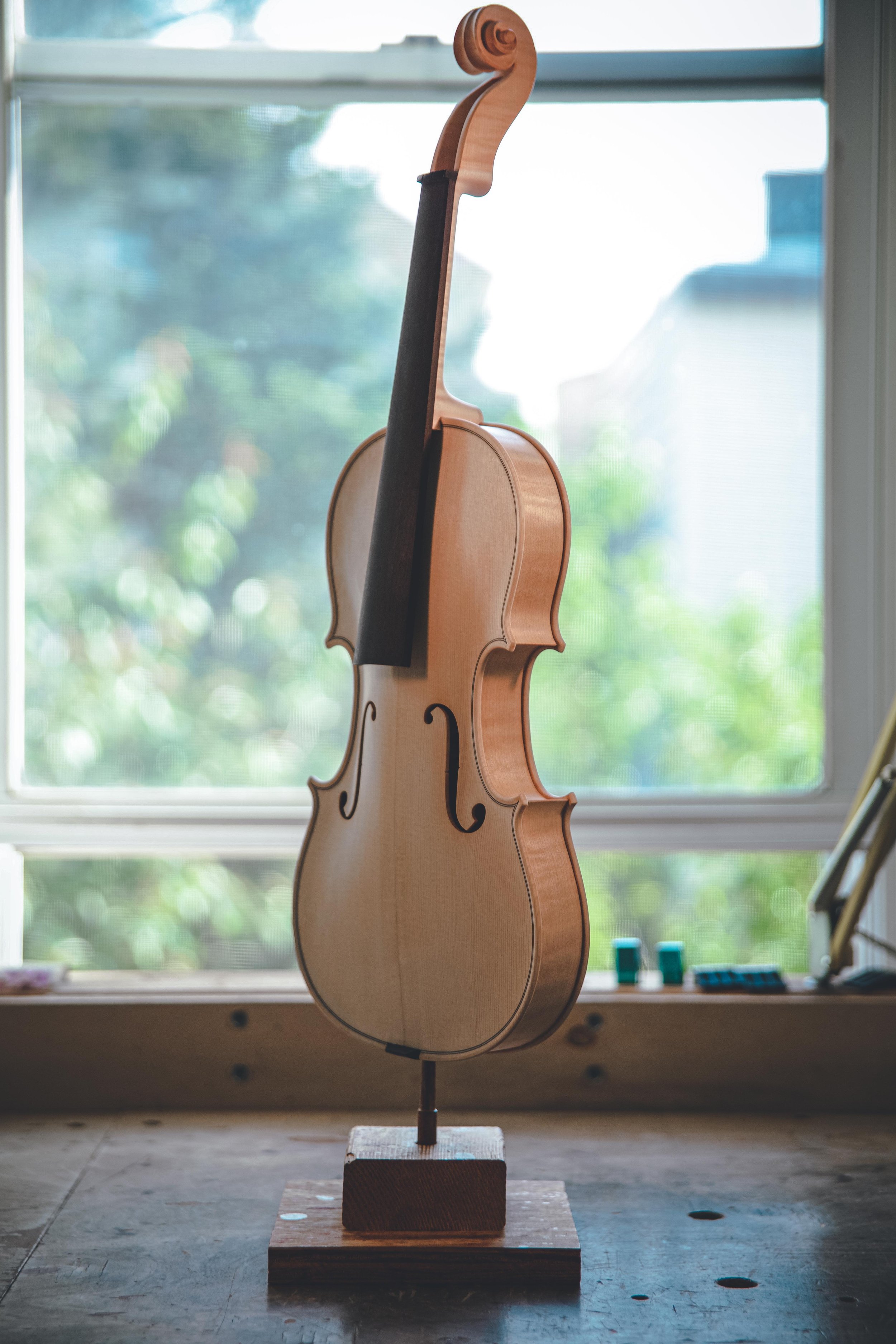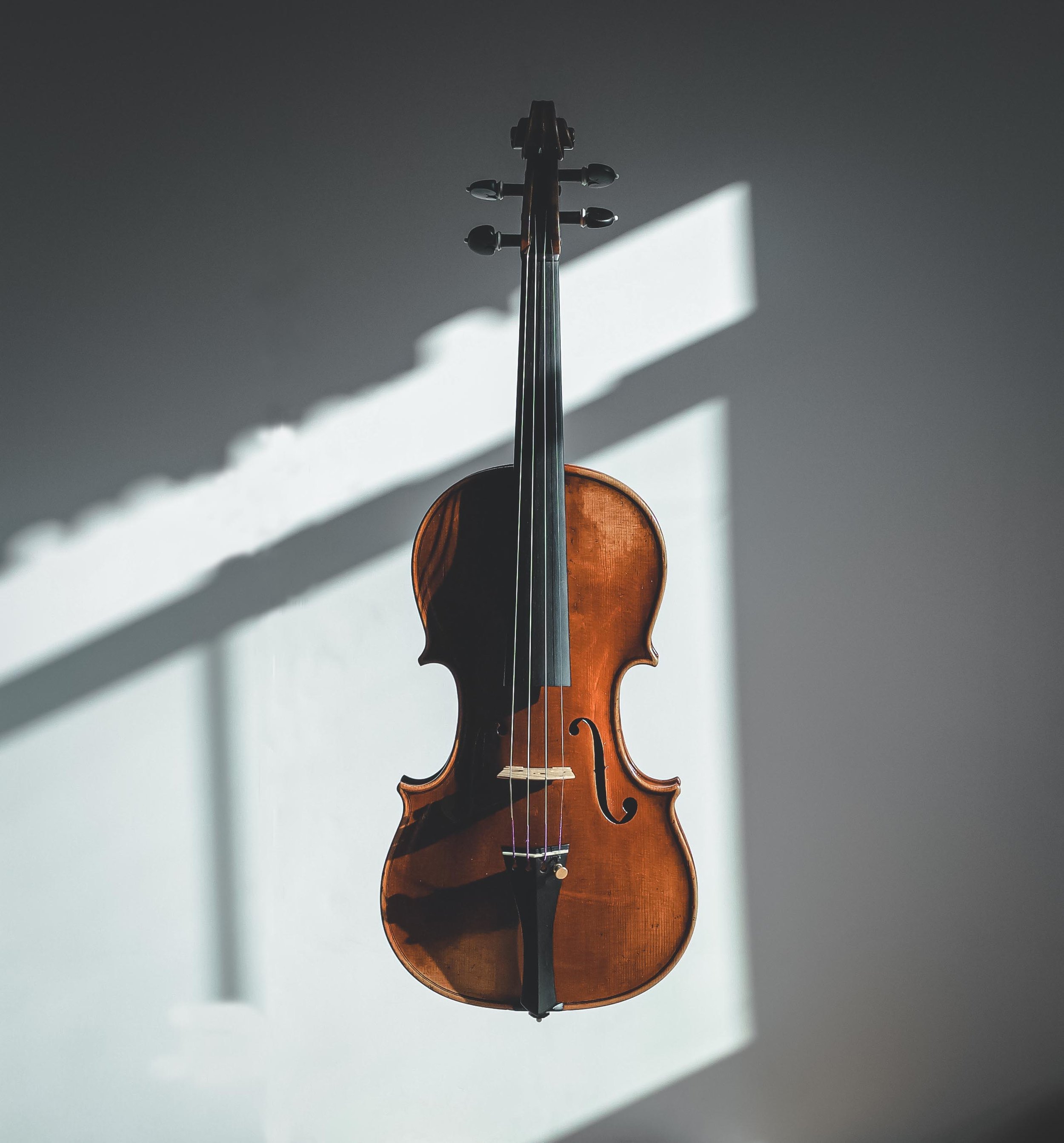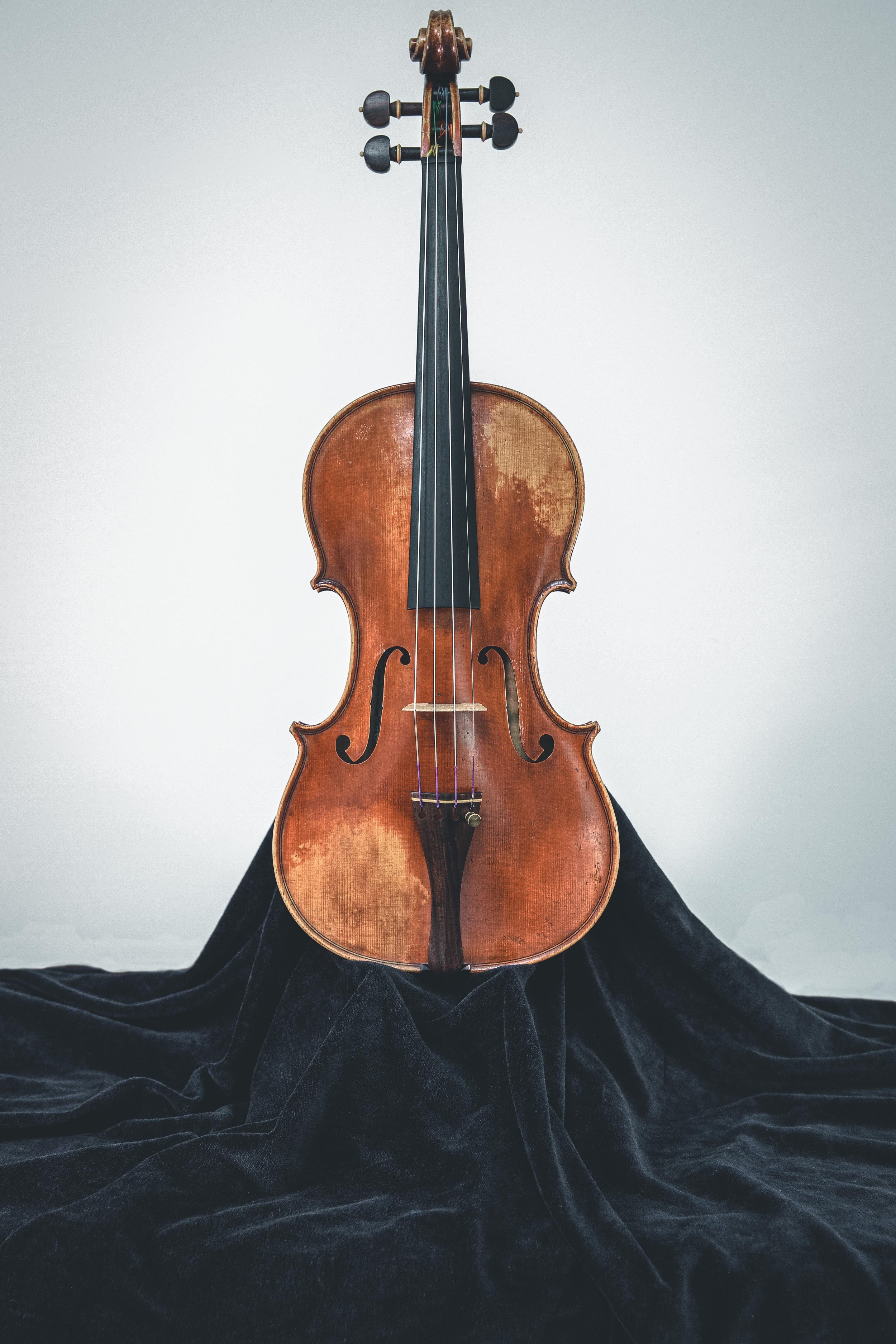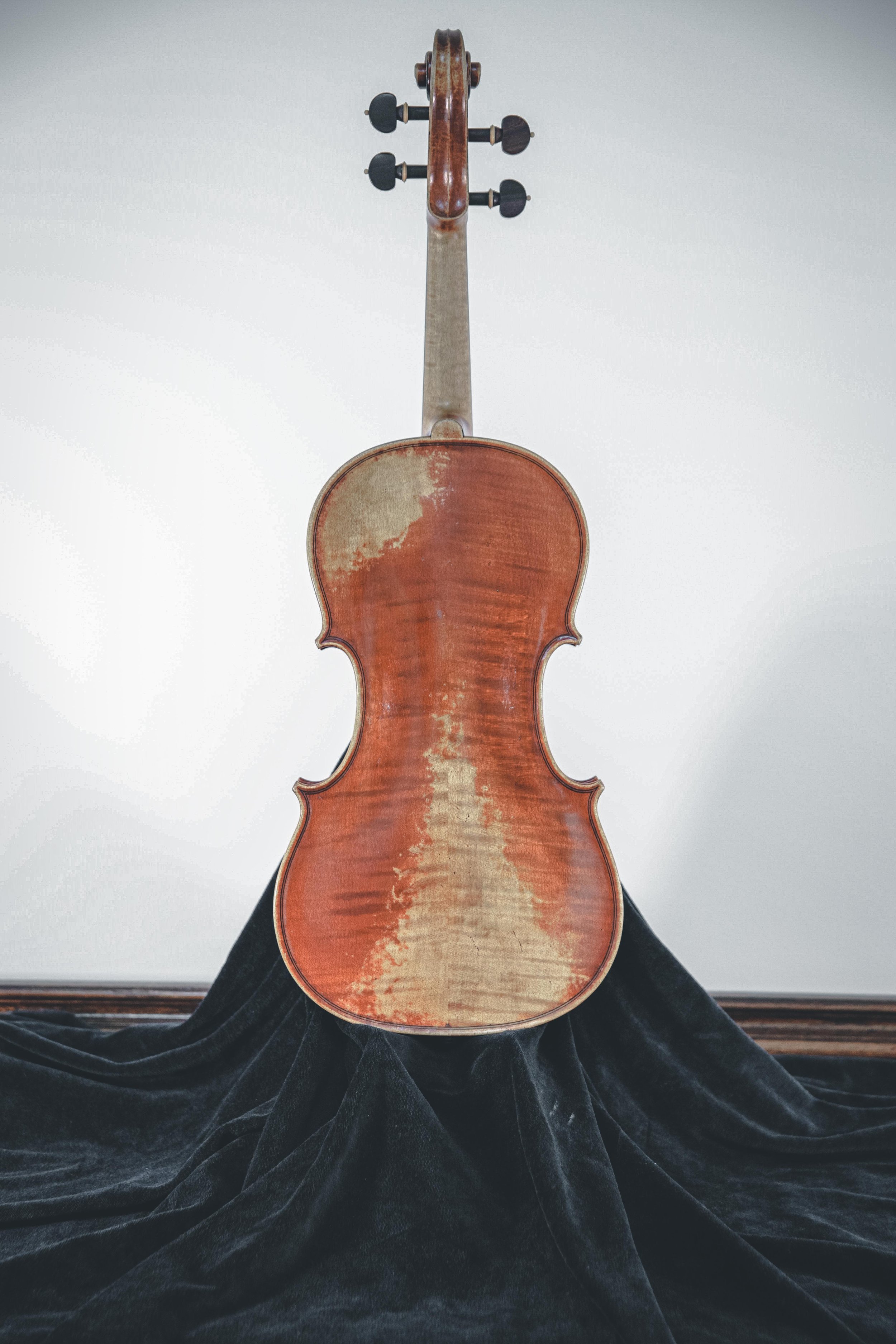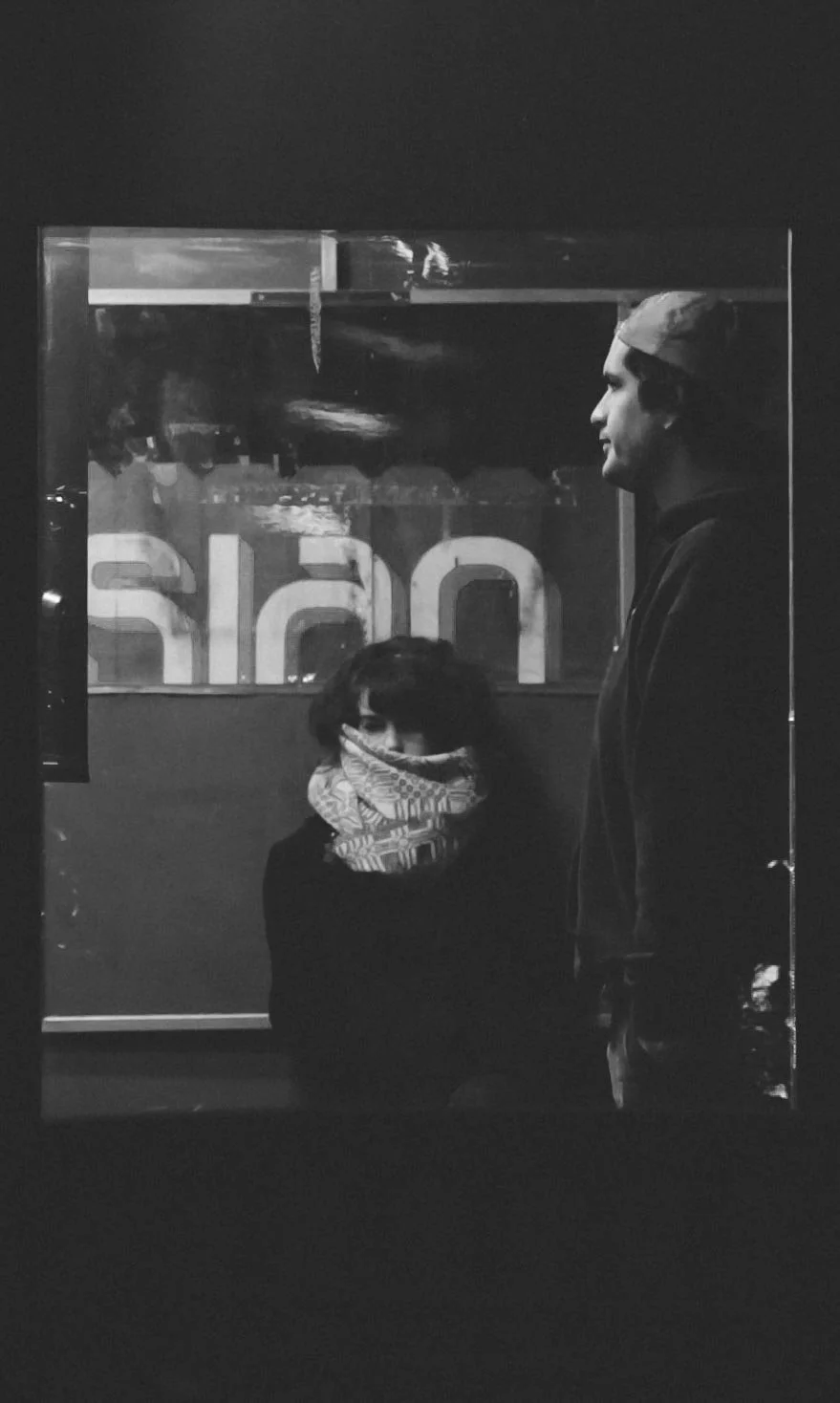In the world of music, there exists a realm where science and artistry converge, where the crafting of instruments becomes a symphony of skill, dedication, and passion. Giancarlo Arcieri, stands as a true maestro in this domain, an artisan whose hands have created some of the most exquisite violins I have ever seen.
Each instrument created by Giancarlo Arcieri is a testament to his craftsmanship. He meticulously selects the finest woods, shaping and carving each component. His understanding of wood's resonance and tonal properties allows him to create instruments that resonate with unparalleled clarity and richness. Arcieri's instruments are known not only for their visual elegance but also for their signature sound.
In addition to crafting new instruments, Giancarlo Arcieri is known for his skill in restoring and preserving older violins. He approaches each restoration with the same reverence and attention to detail as crafting a new instrument, breathing life back into priceless pieces of musical history.
Arcieri's journey serves as an inspiration for aspiring luthiers. His dedication to his craft, his reverence for tradition, and his commitment to pushing the boundaries of what's possible in luthiery make him a standout in the world of stringed instruments.
In a world where craftsmanship and artistry are held in high regard, Giancarlo Arcieri's name shines brightly. His instruments are not just tools for musicians; they are conduits for the expression of human emotion. Giancarlo Arcieri's legacy as a luthier is a testament to the enduring power of craftsmanship and the profound impact it can have on the world of music.



